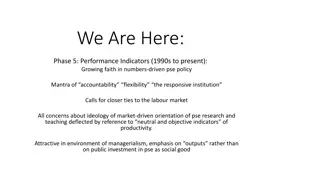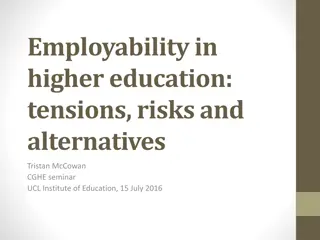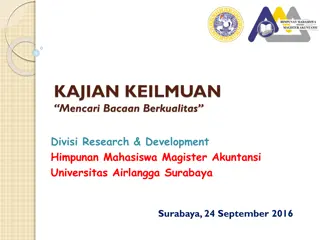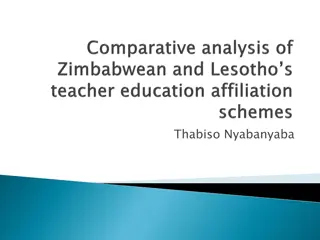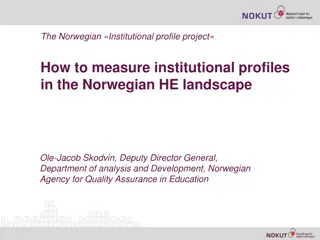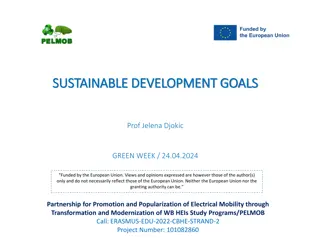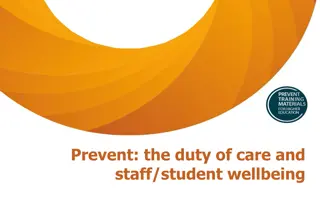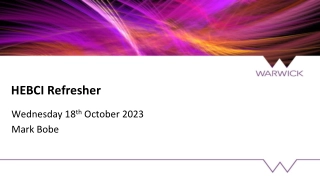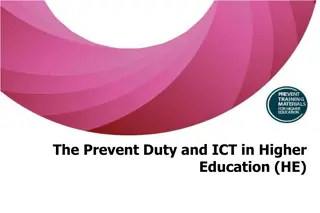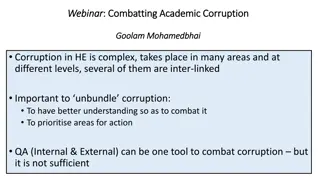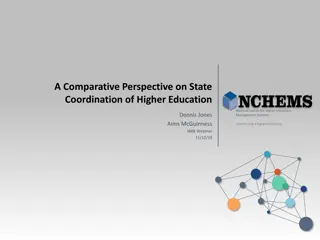Understanding Times Higher Education Impact Rankings 2020
Times Higher Education Impact Rankings, introduced in 2019, assess universities based on their contributions to UN Sustainable Development Goals (SDGs). The rankings evaluate the institutions' performance across 17 SDGs, leading to an overall score. The second year saw increased participation, although elite US universities were notably less involved. Canadian universities such as UBC and U of T ranked well, while U Auckland and U Sydney topped the list globally, emphasizing the importance of universities' societal impacts beyond traditional metrics.
- Higher Education
- Impact Rankings
- UN Sustainable Development Goals
- University Rankings
- Educational Assessments
Download Presentation

Please find below an Image/Link to download the presentation.
The content on the website is provided AS IS for your information and personal use only. It may not be sold, licensed, or shared on other websites without obtaining consent from the author. Download presentation by click this link. If you encounter any issues during the download, it is possible that the publisher has removed the file from their server.
E N D
Presentation Transcript
Times Higher Education Impact Ranking October 2020 Simon Pratt, Director Policy & Analysis, University of Toronto
TIMES HIGHER EDUCATION (THE) Founded in 1971 as a weekly supplement to The Times. Launched the World University Rankings in 2004 Became an independent trade magazine in 2008 Has undergone a series of changes in ownership since then Has become increasingly commercial. Rankings as a product Consulting services 2
IMPACT RANKINGS Part of THE s commercial strategy is to generate multiple rankings for different audiences. In 2017 they started consultations around a ranking of university s third mission Initially focused on Knowledge Exchange, Economic Impact and Innovation the concept evolved They developed the concept of an Impact Ranking based on the UN Sustainable Development Goals. 3
IMPACT RANKINGS In its first year (2019) 11 of the 17 SDGs were assessed and 467 universities were ranked In year two all 17 SDGs were assessed and 766 universities participated However, there was very limited participation by the traditional elite universities, especially from the US (only 31 universities in total) The results look quite different to other rankings 4
IMPACT RANKINGS - RESULTS Rank University 7 UBC 16 U Waterloo 17 McMaster U 19 Simon Fraser U 26 Western U 28 U Toronto 29 U Calgary 33 York U 41 Laval U 82 U Victoria Country Canada Canada Canada Canada Canada Canada Canada Canada Canada Canada Rank University 1 U Auckland 2 U Sydney 3 Western Sydney U 4 La Trobe U 5 Arizona State U 6 U Bologna 7 UBC 8 U Manchester 9 King s College London 10 RMIT U Country New Zealand Australia Australia Australia US Italy Canada UK UK Australia 5
HOW DOES TIMES HIGHER RANK UNIVERSITIES? Each university submits data and information about their activities, policies and initiatives around each SDG. This is then combined with an analysis of research publications related to that SDG A ranking for each SGD is generated. THE combine the results of the 17 SDG rankings to create an aggregate score for each institution Every institution is rated on their performance for SDG 17 Partnership for the goals And this is combined with the top performing three SDGs for each university 6
HOW DOES TIMES HIGHER RANK UNIVERSITIES? Each SDG has a different set of criteria, but as an example lets look at SDG 5 Gender equality and women's empowerment: some of the policy/initiative questions include: Track application, acceptance and completion rates for female students? Encourage applications in areas where women are under-represented? Policy of non-discrimination against women? Accessible childcare facilities for students and staff? Track women s graduation rate compared with men s and scheme in place to close any gap? 12 questions in total. For each question the University must supply evidence, such as a link to a published policy. Additional merit is given if the evidence is highly relevant, publicly available and recently reviewed or updated. 7
HOW DOES TIMES HIGHER RANK UNIVERSITIES? In addition to answering questions about policies and initiatives the University also submits data related to our activities that support the SDG. For example: Proportion of first-generation female students Proportion of senior female academics Proportion of women receiving degrees The University is scored by comparing the data point to all the other universities. Each SDG is different, some have more emphasis on data (SDG 9 is all data based) and others are more focused on the policy and activity aspects. 8
HOW DOES TIMES HIGHER RANK UNIVERSITIES? For the Research component of the ranking, THE works with their partner Elsevier to extract all the papers related to each SDG using a set of keywords. Then each university is scored by how many publications they have and how many times those publications were cited. Here is an example for SDG 5: {gender inequality} OR {gender equality} OR {employment equity} OR {gender wage gap} OR {female labor force participation} OR {female labour force participation} OR {women labor force participation} OR {women labour force participation} OR {womens employment} OR {female employment} OR {women's unemployment} OR {female unemployment} OR ( access AND {family planning services} ) OR {forced marriage} OR {child marriage} OR {forced marriages} OR {child marriages} OR {occupational segregation} OR {women s empowerment} OR {girls' empowerment} OR {female empowerment} OR {female genital mutilation} OR {female genital cutting} OR {domestic violence} OR {women AND violence} OR {girl* AND violence} OR {sexual violence} OR ( {unpaid work} AND {gender inequality} ) OR ( {unpaid care work} AND {gender inequality} ) OR {women's political participation} OR {female political participation} OR {female managers} OR {women in leadership} OR {female leadership} OR {intra-household allocation} OR ( access AND {reproductive healthcare} ) OR {honour killing} OR {honor killing} OR {honour killings} OR {honor killings} OR {antiwomen} OR {anti-women} OR {feminism} OR {misogyny} OR {female infanticide} OR {female infanticides} OR {human trafficking} OR {forced prostitution} OR ( equality AND ( {sexual rights} OR {reproductive rights} OR {divorce rights} ) ) OR {women's rights} OR {gender injustice} OR {gender injustices} OR {gender discrimination} OR {gender disparities} OR {gender gap} OR {female exploitation} OR {household equity} OR {female political participation} OR {women's underrepresentation} OR {female entrepreneurship} OR {female ownership} OR {women's economic development} OR {women's power} OR {gender-responsive budgeting} OR {gender quota} OR ( {foreign aid} AND {women's empowerment} ) OR {gender segregation} OR {gender-based violence} OR {gender participation} OR {female politician} OR {female leader} OR {contraceptive behaviour} OR {women's autonomy} OR {agrarian feminism} OR {microfinance} OR {women's livelihood} OR {women's ownership} OR {female smallholder} OR {gender mainstreaming} http://dx.doi.org/10.17632/87txkw7khs.1 9
SOME PROBLEMS WITH THE IMPACT RANKINGS Although THE have been very ambitious with their objectives, they are not consultative and sometimes their questions are a little off track or not relevant in all jurisdictions They normalize for the size of the university in an illogical way that diminishes the impact of large multidisciplinary universities They don t take into account the jurisdictional environment As a participant you don t receive any feedback The data are not made public Too many universities do not participate and the results are meaningless without them 11
IMPACT RANKINGS INFLUENCING CHANGE The data submission is complex and requires coordination with multiple departments. In a small way it is influencing a tri-campus, centralized view of our data In the first year of the Impact Ranking we didn t have an SDG Report and it was problematic We now have a conceptual SDG Report, draws on many of the things being discussed today https://data.utoronto.ca/sustainable-development-goals-sdg-report/ The rankings form a part of a growing emphasis on SDGs at U of T 12
Times Higher Education Impact Ranking Thank you!




